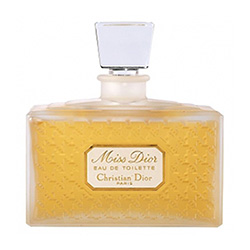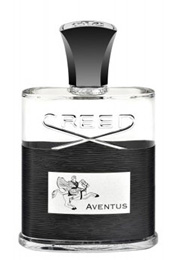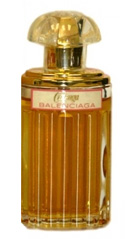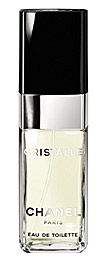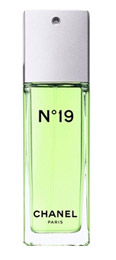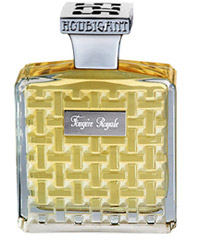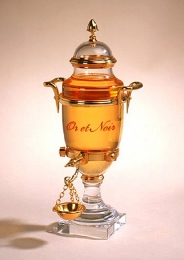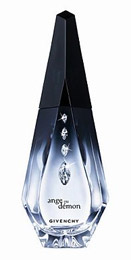Someone asks me if I want to test out a classic Coty, I don’t know how I could say no. Masumi was a Coty chypre from the 1960s.
In Bottle: Spicy with a very grown-up fruity vibe with a layer of deep green woods.
Applied: Bergamot up front with a fruitiness that rolls in rather quickly. The fruits in Masumi can’t be described in any terms that one would use for a modern perfume. Certainly not, “girly” or “fun and sweet”. Masumi’s fruits are reminiscent of Mitsouko’s peach note, in that it’s slightly sweet but very, very sophisticated. The fruits are joined by a spicy floral in the midstage with a big showing from the woods and a smooth earthiness that I’m thinking might be the oak moss at work. The fragrance stays a floral woodsy scent with a hint of spice. The fruitiness I got in the opening was rather short lived and the scent isn’t missing anything because of it. Quite lovely, very classic, helps me remind me that Coty did some great things.
Extra: Masumi was released in the 1960s and was later repackaged in the 1970s. It has since been discontinued.
Design: The design for Masumi was very reminiscent of the era in which it was released. The shape is a bit familiar in Guerlain’s Idyll but with a great deal more authenticity. It looks simple, with a teardrop style shape and a tall metal cap. I don’t have a physical body to judge by, but the design works for what it is.
Fragrance Family: Classic Chypre
Notes: Bergamot, pineapple, melon, rosewood, rose, violet, cardamom, musk, sandalwood, oak moss, cedar, amber, vanilla.
The more classic Cotys I experience, the sadder I am that most of their great fragrances are no longer available.
Reviewed in This Post: Masumi, ~1970, Eau de Toilette.




